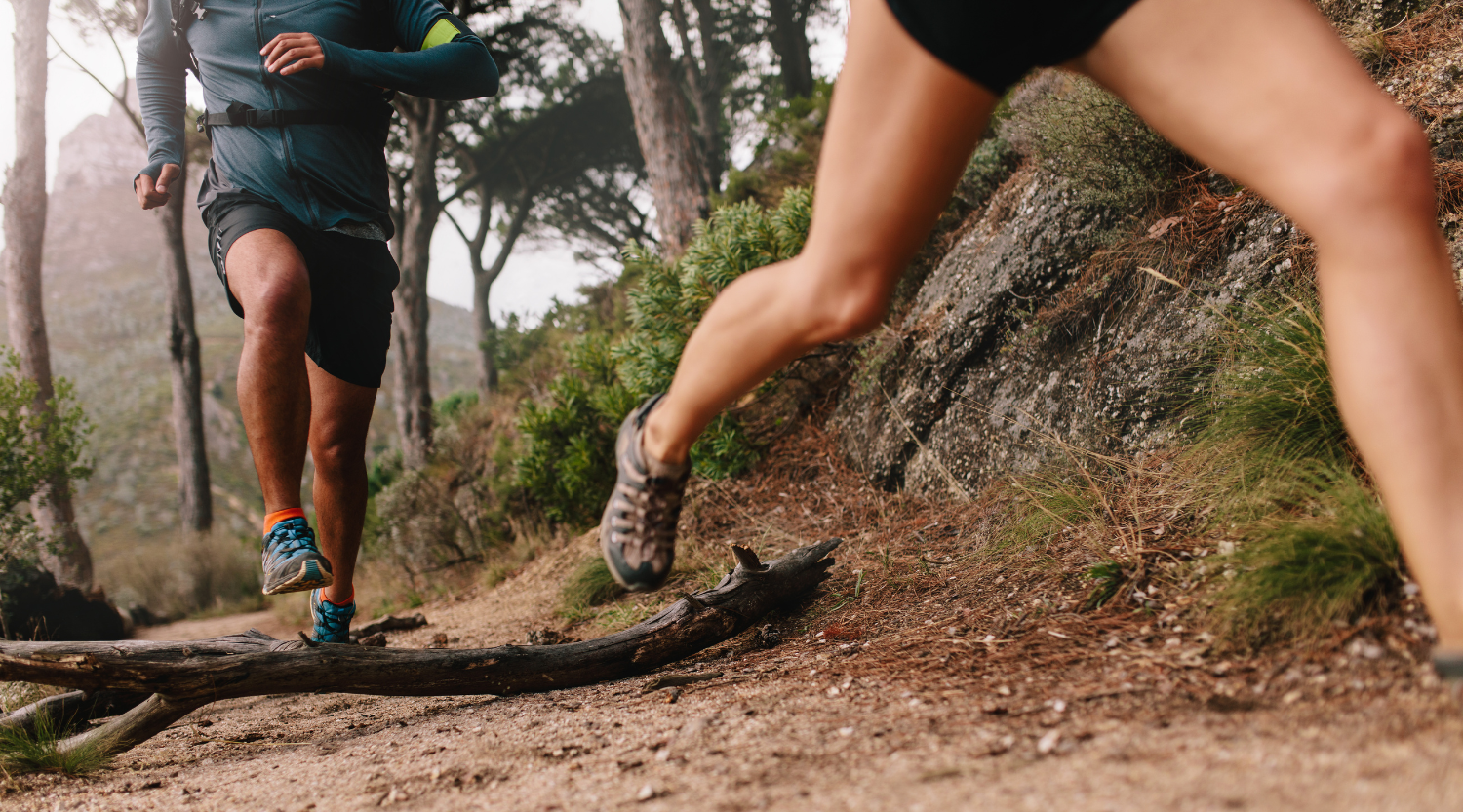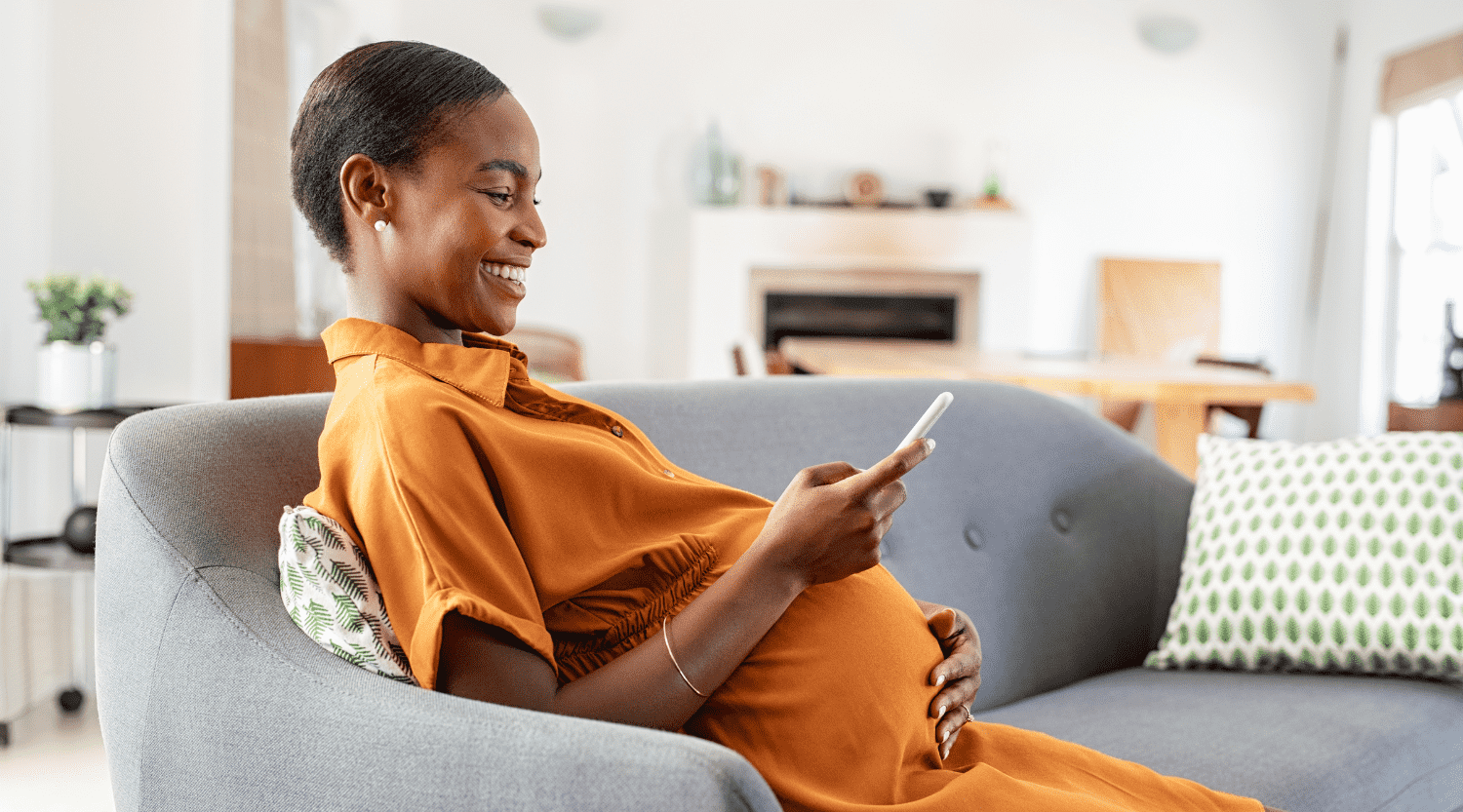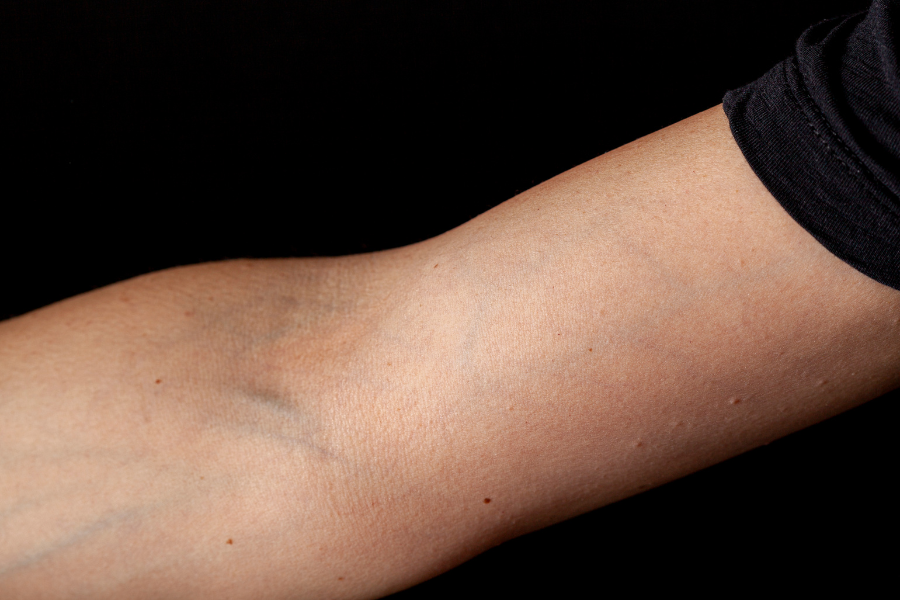
Varicose veins in the arm can be an embarrassing and annoying problem. But what do you know about them? In this article, we’ll discuss the common causes of varicose veins in the arm, their symptoms and treatments. Find out more about how to spot and treat this condition for better health now!
What are Varicose Veins in the Arm?
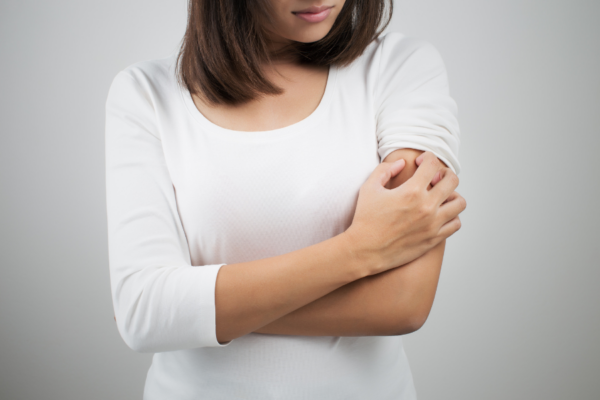 Varicose veins in the arm are not as common as they are in the legs, but they can occur. There are a few different things that can cause varicose veins in the arm, and treatment will vary depending on the underlying cause.
Varicose veins in the arm are not as common as they are in the legs, but they can occur. There are a few different things that can cause varicose veins in the arm, and treatment will vary depending on the underlying cause.
One of the most common causes of varicose veins in the arm is actually due to an underlying condition called lymphedema. Lymphedema is a condition where there is an accumulation of lymph fluid in the tissues. This can happen due to a blockage in the lymphatic system, or it can be present from birth. When this happens, it can cause swelling and inflammation in the affected limb, and over time, this can lead to varicose veins.
Another common cause of varicose veins in the arm is due to injury or trauma to the blood vessels. This can happen from something as simple as a fall or bump, or it can be due to more serious injuries like car accidents or gunshot wounds. In these cases, treatment will typically involve repairing the damaged blood vessels and correcting any underlying issues that may have caused them.
If you are experiencing varicose veins in your arms, it’s important to see a doctor so that they can determine the underlying cause and provide you with appropriate treatment. In most cases, varicose veins in the arm are not harmful and do not require treatment. However, if they are causing pain or discomfort, there are a number of options available to treat them.
Causes of Varicose Veins in the Arm
There are a few different things that can cause varicose veins in the arm. One of the most common causes is simply genetics. If your parents or grandparents had varicose veins, then you may be more likely to get them as well. Another common cause is obesity. carrying around extra weight puts extra pressure on your veins, and can lead to them becoming varicose. Other causes include pregnancy, standing or sitting for long periods of time, and injuries to the arm or hand.
Symptoms of Varicose Veins in the Arm
Varicose veins in the arm are often accompanied by pain, swelling, and inflammation. In some cases, the veins may rupture, resulting in blood clots. If left untreated, varicose veins can lead to serious health complications, such as ulcers and skin infections.
Treatment Options for Varicose Veins in the Arm
There are a few different options available when it comes to treating varicose veins in the arm. The first option is to simply wear compression garments. These garments work by applying pressure to the affected area, which helps to reduce swelling and pain.
Another option is to have a sclerotherapy procedure. This involves injecting a solution into the veins, which causes them to collapse and eventually fade away.
Finally, surgery is an option for more severe cases of varicose veins. This involves removing the affected veins entirely.
If you are suffering from varicose veins in the arm, talk to your doctor about which treatment option is right for you.
Prevention Tips for Varicose Veins in the Arm
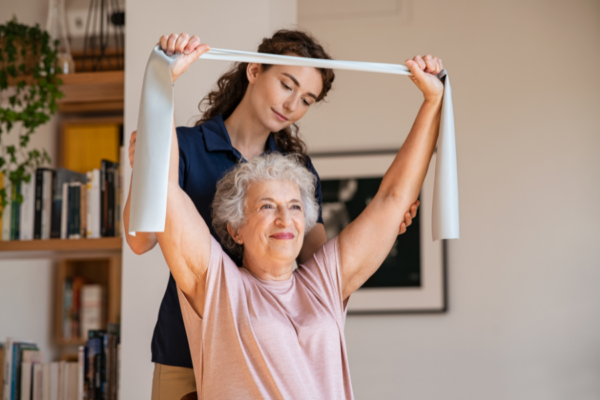 If you are suffering from varicose veins in the arm, there are some prevention tips that can help you. First, make sure to keep your arms elevated when you are sitting or standing for long periods of time. This will help to reduce the pressure on the veins in your arms and prevent them from becoming enlarged. Second, avoid wearing tight clothing or jewelry around your arms as this can also contribute to the development of varicose veins. Third, exercise regularly as this will help to improve circulation throughout your body and reduce the risk of developing varicose veins. Finally, eat a healthy diet that is rich in fiber and antioxidants as these nutrients can help to improve circulation and reduce inflammation.
If you are suffering from varicose veins in the arm, there are some prevention tips that can help you. First, make sure to keep your arms elevated when you are sitting or standing for long periods of time. This will help to reduce the pressure on the veins in your arms and prevent them from becoming enlarged. Second, avoid wearing tight clothing or jewelry around your arms as this can also contribute to the development of varicose veins. Third, exercise regularly as this will help to improve circulation throughout your body and reduce the risk of developing varicose veins. Finally, eat a healthy diet that is rich in fiber and antioxidants as these nutrients can help to improve circulation and reduce inflammation.
Home Remedies to Treat Varicose Veins in the Arm
If you have varicose veins in your arm, there are a few home remedies you can try to help treat them. These include:
- Wearing compression stockings: Compression stockings help to increase the pressure in your veins, which can reduce the swelling and pain associated with varicose veins.
- Elevating your arm: Whenever possible, elevate your arm above heart level to help reduce the pressure in your veins.
- Exercising: Regular exercise can help improve blood circulation, which can reduce the symptoms of varicose veins.
- Avoiding tight clothing: Tight clothing can constrict your veins and worsen the symptoms of varicose veins. Instead, opt for loose-fitting, comfortable clothing.
These home remedies can help to ease the symptoms of varicose veins and make them less noticeable. However, if you are concerned about your varicose veins or they are causing you pain, it is important to see a doctor for further treatment options.
When to See a Doctor for Varicose Veins in the Arm
If you have varicose veins in your arm, you may not need to see a doctor right away. However, if the veins are painful or if you notice any changes in their appearance, it’s important to make an appointment with a vein specialist at The Vein Institute of Jacksonville. Varicose veins can sometimes indicate a more serious condition, so it’s crucial to have them evaluated by a medical professional.
Frequently Asked Questions

IAC Accredited Vascular Testing
We are proud to be distinguished as an IAC Accredited Vascular Testing Facility. The Vein Institute adheres to the strictest national guidelines for vascular testing, demonstrating a commitment to the highest quality patient care.
During hot summer weather, the symptoms of varicose veins tend to worsen, causing more pain and inflammation. About 24 million Americans suffer from vein issues, and the high temperatures can exacerbate these conditions, leading to discomfort and swelling. How can you keep your varicose veins from worsening when the weather gets warmer? At The Vein […]
As you already know, pregnancy can bring significant changes to the body, but did you know that up to 40% of pregnant women experience varicose veins during pregnancy? When pregnant, women are also up to five times more likely to develop vein conditions as compared to those who are not pregnant. At The Vein Institute, […]

